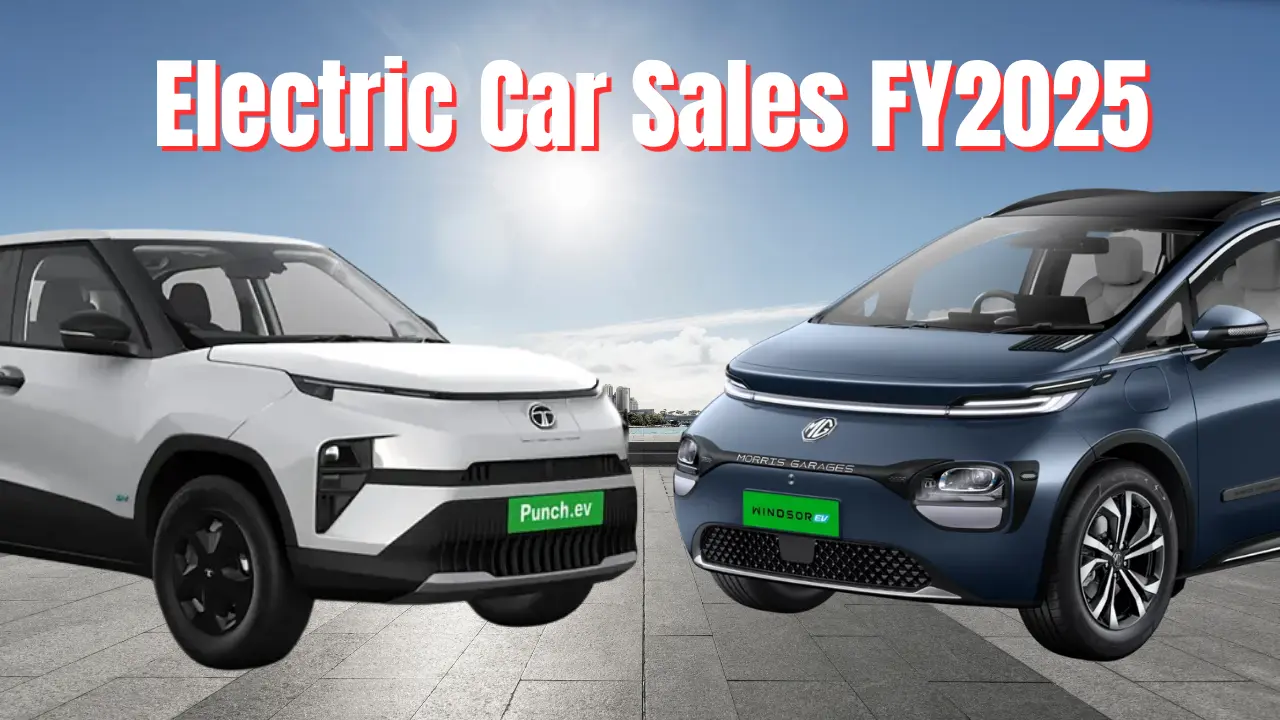So here’s the thing – Tata Motors and MG Motor have absolutely crushed it in India’s electric car space, and honestly, the numbers are pretty wild when you dig into them.
Picture this: while most of us were still debating whether EVs are “ready for India,” these two brands quietly went ahead and basically owned the entire market. And trust me, this isn’t just some corporate pat-on-the-back moment – it’s actually reshaping how we think about electric cars in our country.
The Numbers That Tell The Real Story
Okay, let’s talk brass tacks here. MG Windsor EV absolutely smashed it with 19,394 units – and that’s coming from a brand that many folks still think of as “that Chinese company” (even though it’s got British roots, but whatever).
Now, Tata? They’re like that reliable friend who always shows up. Multiple models in the top spots:
- Tata Punch EV: 17,966 units (this little guy’s been everywhere!)
- Tata Tiago EV: 17,145 units
- Tata Nexon EV: 13,978 units (the OG that started it all)
- Tata Curvv EV: 7,534 units
- Tata Tigor EV: 4,820 units
It’s like Tata decided to flood the market with options, and people just went “Yeah, we’ll take all of them, thanks.”
Market Share Wars Heat Up
Here’s where it gets spicy. Tata’s still the boss with 53% market share, but – and this is a big but – they were sitting pretty at 70.52% last year. Meanwhile, MG basically doubled their game to 28% from a measly 12.77%.
It’s like watching a cricket match where the defending champion is still ahead, but the challenger just hit three consecutive sixes and suddenly everyone’s on the edge of their seats going “Wait, what just happened?”
Read Also: Hyundai Creta Tops India’s Car Sales Charts in June 2025
What’s Driving This Electric Wave?
The MG Windsor EV has been the absolute star of the show, grabbing 47% of MG’s total EV sales. And honestly? Their Battery-as-a-Service thing is pretty clever – you buy the car, rent the battery. It’s like buying a phone and getting the data plan separately, except it actually makes sense here.
Tata, meanwhile, keeps doing what they do best – making cars that don’t require you to sell a kidney. The Punch EV starting at ₹7.99 lakh is still that sweet spot where your CA won’t give you dirty looks when you tell them about your purchase.
The Bigger Picture
So get this – total electric car sales hit 1,15,716 units in FY2025. Now, before you go “That’s it?”, remember that just five years ago, people were still asking “But where will I charge it?” every time someone mentioned EVs.
What’s really cool is seeing other players jump in. Mahindra’s making some serious noise with the XEV 9e (5,422 units) and BE 6 (2,625 units) – though let’s be honest, those names still make me do a double-take. Even Hyundai managed 3,617 units with the Creta Electric, which isn’t bad for showing up fashionably late to the party.
Looking Ahead
The real question now is whether Tata and MG can keep this momentum going. Tata’s throwing everything at the wall with the Harrier EV and that upcoming Sierra EV (yes, the Sierra’s coming back, and I’m not crying, you’re crying).
MG’s playing it smart too, expanding their fancy Select dealership network because apparently, when you’re selling premium EVs, you need premium showrooms. Who knew?
For us regular folks looking to buy cars, this whole battle is fantastic news. More competition means better cars, cooler features, and hopefully prices that don’t make us question our life choices.
The electric future isn’t some distant dream anymore – it’s parked right outside, and chances are it’s got either a Tata or MG badge on it.
